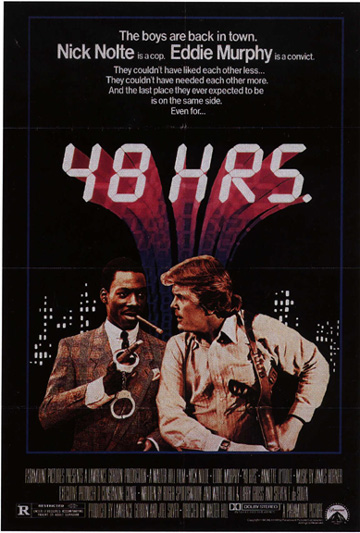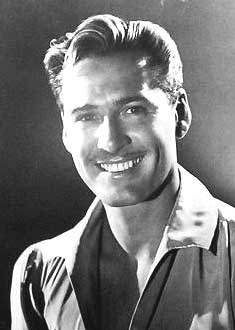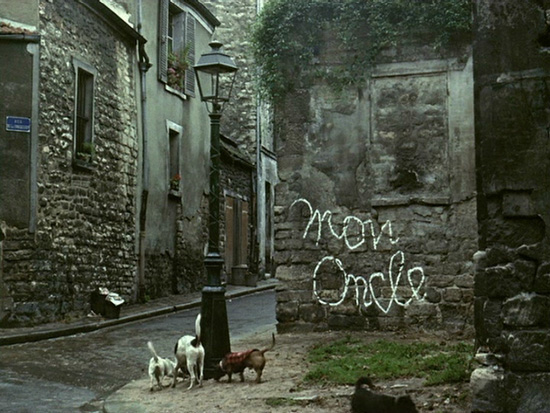This Summer? Stay Indoors
Summer is usually a great time for the movies. Theaters always beat the heat as Hollywood puts forth the big bucks to blow audiences away with special effects extravanganzas and escapist fare. But unless you live in a city where Herzog films or Lee Marvin tributes abound, there isn't much to look forward to this year. Most of the movies coming out are unnecessary sequels or tired ideas. It's in these trying times that I am thankful for DVDs. While home entertainment will never quite match the theater-going experience, at least it puts you in control of the crap that's on screen. So this summer, instead of wasting seven dollars on another sequel, crank the A.C., curl up on the couch and enjoy these flicks:
INSTEAD OF
WATCH
The original ogre, The Hunchback of Notre Dame is a classic story and was perhaps no better realized than in this 1939 film starring Charles Laughton. Laughton gives an impressive dramatic performance as the insufferable Quasimodo, whose damaged looks went on to set the standard for Hollywood make-up effects and inspired effects artists such as Rick Baker. The 1928 silent version is great as well.
INSTEAD OF
WATCH
The original Rush Hour was noted for its plays on race relations, but people forget that this idea had already been perfected in the 1982 buddy pic 48 Hours. Much funnier than anything Brett Ratner could produce, 48 Hours features Eddie Murphy as a wise-cracking criminal turned cop who aids Nick Nolte in tracking down a killer. This one's almost a no-brainer - Eddie Murphy and Nick Nolte? Handled by The Warriors Walter Hill? Obviously better than a bunch of Jackie-Chan-No-Speaka-Da-English jokes any day.
INSTEAD OF
WATCH
War and screwball comedy are often mixed with hellish results, but David O. Russel's best film manages to combine the two with biting results. Three Kings is as hilarious as it is critical, pertinent as it is pastiche. Besides, Larry the Cable Guy isn't funny.
INSTEAD OF
WATCH
The brillance behind the 1993 kid's flick Surf Ninjas is incredibly understated. You see, it's about ninjas. Who surf. That's cooler than Penguins any day. The pic stars a young Rob Schneider and Leslie Neilson as the bumbling half-cyborg supervillian. Trust me, it's sweet.
INSTEAD OF
WATCH
ANYTHING WITH ERROL FLYNN
Errol Flynn was the swashbuckler Johnny Depp wishes he could be. Don't get me wrong, Depp makes a great pirate and all, but those Carribean movies are crap. You're better off watching any number of Flynn's old flicks, including (but not limited to) Captain Blood, The Adventures of Robin Hood, The Dawn Patrol, The Prince and the Pauper, or The Sea Hawk.
INSTEAD OF
WATCH
C'mon now. A PG-13 Die Hard? No one wants that.
INSTEAD OF
WATCH
If you're going to watch a musical that features cross-dressing males in prominent roles, you might as well make it one that stars Marilyn Monroe as well. This classic screwball comedy follows two musicians on the run after witnessing a mob hit. It's countlessly referenced as one of the greatest comedies of all time, and is a great way to get started on the works of master director Billy Wilder.
More suggestions coming soon!





